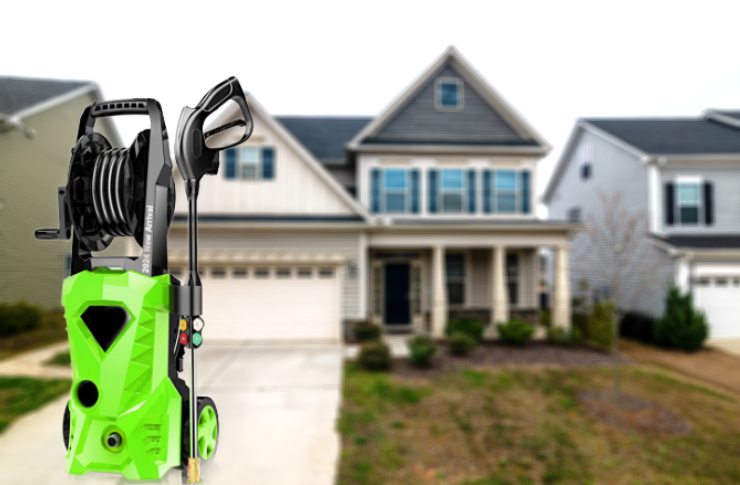Home Pest Control Guide: Protect Your Home Effectively
Keep your home pest-free with practical prevention, smart treatment choices, and professional help when needed. This guide covers common household pests — from insects to rodents — plus integrated pest management (IPM) techniques, cost expectations, and long-term monitoring tips to safeguard your property and health.

Prevention: Your First Line of Defense
The best way to avoid a pest crisis is to make your home an unattractive place for them to settle. Inspect and seal gaps around doors, windows, pipes, and utility entries. Store food in sealed, airtight containers and clean up crumbs and spills promptly, with special attention to kitchens and eating areas. Outside, keep shrubs and tree branches trimmed away from the house, remove debris and clutter, and eliminate standing water to reduce breeding and nesting sites for insects and rodents.
DIY vs. Professional Pest Control
Minor problems—like a few ants or occasional spiders—can often be managed with over-the-counter baits, traps, and repellents. However, large or persistent infestations, hard-to-reach nests, or pests that pose health risks (e.g., rodents, termites, bed bugs) usually require professional intervention. Licensed pest control companies offer thorough inspections, targeted treatments using commercial-grade products, and follow-up plans that address both elimination and prevention.
Safe, Effective Treatment Approaches
Modern pest management focuses on Integrated Pest Management (IPM), a strategy that uses multiple tactics to control pests while reducing environmental and health impacts. IPM emphasizes: - Exclusion and sanitation to deny pests food, water, and shelter - Mechanical controls such as traps and physical removal - Biological methods where appropriate - Selective, targeted chemical applications only when necessary
Following IPM best practices helps maximize control effectiveness and protect people, pets, and beneficial insects like pollinators.
Cost Considerations for Pest Control Services
Prices vary by pest type, property size, and service frequency. Typical cost ranges are: - One-time Treatment: $150–$300 (as needed) - Monthly Service: $40–$70 (monthly) - Quarterly Service: $100–$300 (every 3 months) - Annual Contract: $300–$600 (yearly)
These figures are general estimates and can change based on location, severity of infestation, and company policies. It’s a good idea to get several quotes and verify what services and guarantees are included before committing.
Long-term Management and Monitoring
Pest control is ongoing rather than a single event. Schedule regular inspections to spot issues early and track activity. Keep records of sightings, baits or traps used, treatments applied, and follow-up visits to evaluate what’s working and where adjustments are needed. Building a relationship with a trusted pest control provider ensures rapid response if pests return and helps maintain continuous protection for your home.
Combining thoughtful prevention, appropriate treatments, and routine monitoring will keep your living space healthier and free from unwanted invaders. With the right habits and professional support when necessary, you can protect both your family and your investment.






